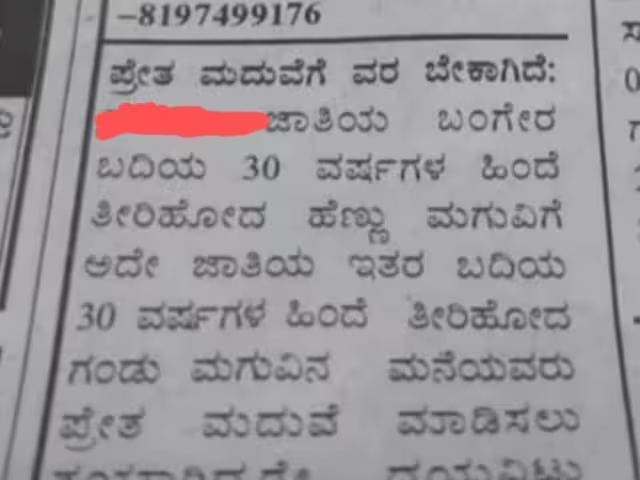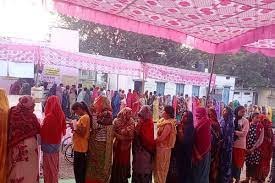INDIA VOTES 2024: Over 53K first-time voters and 17K new electors registered in a single month
Nearly 17,000 new voters have been enlisted in 14 Vidhan Sabha segments that fall under the district’s Ludhiana (9) and Fatehgarh Sahib (5) Lok Sabha seats, seemingly as a result of the district administration’s persistent effort.

While the number of voters who are new to the election and are between the ages of 18 and 19 has surpassed 53,000, there were only around 22,000 voters who are 85 years of age or older.
The gender ratio according to the most recent electoral registers has increased from 871 to 876, while the electoral population (EP) ratio—which measures the total number of registered voters against the district’s anticipated population—has increased from 668 to 680.
Leading the special campaign to register new voters and encourage registered voters to cast ballots, Deputy Commissioner-cum-District Electoral Officer (DEO) Sakshi Sawhney has started a number of initiatives involving social activists in educational institutions and other organizations throughout the district.
The district’s overall voter count jumped from 26,54,344 on March 1 to 26,71,045 on April 2, Sakshi informed The Tribune here on Monday. This amounted to 17,40,969 across nine Assembly segments that were a part of the Ludhiana parliamentary constituency.
She revealed that, taking into account January 1, 2024, as the qualifying date to register new voters in the district, the EP ratio had likewise progressively increased from 668 on October 27, 2023, when the draft electoral rolls were released, to 680 on April 2.
According to the most recent voter list, the gender ratio improved from 871 on October 27, 2023, to 876 on April 2.
53,321 voters between the ages of 18 and 19 are first-time voters, while 21,987 voters are 85 years of age or older.
It’s interesting to note that while the number of voters 85 years of age and older decreased to 21,987 on April 2, representing a 2.63 percent decline, the number of first-time voters increased from 47,749 on January 22 to 53,321 on April 2, representing an increase of 11.67 percent in nearly two months.
Up to 15,706 voters with disabilities were registered in the district; 9,549 of them were from Ludhiana, while the remaining 6,157 would cast ballots for the Fatehgarh Sahib section.
2,166 of the district’s 4,979 service electorates were located in Ludhiana, while the remaining 2,813 would cast their ballots in the Fatehgarh Sahib constituency. In addition, 95 NRI voters were registered in the area; 64 of them would cast ballots in Ludhiana, while the remaining 31 belonged to the Fatehgarh Sahib LS seat.
Out of the 2,919 polling stations spread over 1,410 sites in the district, 1,842 stations, or 773 locations, are under the jurisdiction of Ludhiana, while the remaining 1,077 stations, or 637 locations, are within the constituency of Fatehgarh Sahib.
In the district’s rural areas, there were 1,459 polling stations at 638 locations, including 895 stations at 408 locations under the Ludhiana parliamentary seat, whereas 1,460 polling stations at 515 locations, including 1,204 stations at 365 locations under the Ludhiana constituency, were situated in urban areas.
While Form 6 (application for new voters) will be accepted until the last day of nomination filing, Form 7 (application for deletion of registered voters) and Form 8 (application for correction in the entry of registered voters) will be kept pending for disposal until the final publication of the electoral rolls, the DC revealed, “The additional supplement of the voters lists will be published after the last day of nomination filing.”
Sakshi said that all of the district’s election apparatus had been dispersed across all areas of the district in order to register every eligible citizen as a voter and encourage them to use their right to vote in order to surpass the objective of seventy percent voter participation.
She claimed that an extra effort was being made to make sure that all of the district’s registered voters had election picture identification cards (EPICs). Up to 31,974 additional EPICs were produced as part of the campaign in January and February; the majority of them had already been sent to eligible voters via post or booth-level officers (BLOs).







